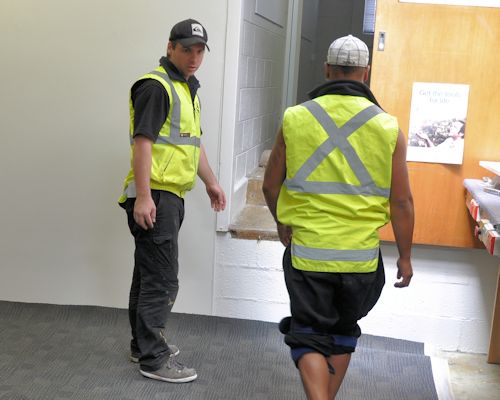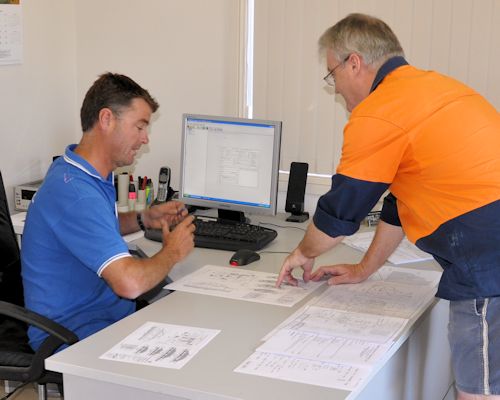Verbal instructions
 Audio for slide 1 (mp3 |6|KB)
Audio for slide 1 (mp3 |6|KB)
It happens all day long, and it's part and parcel of simply being at work and doing your job.
But it still requires concentration from everyone involved to avoid misunderstandings and mistakes.
Here are some hints for giving and receiving verbal instructions.

 Audio for slide 2 (mp3 |6|KB)
Audio for slide 2 (mp3 |6|KB)
When you're giving instructions
- Think before you speak - work out what you want to say before you say it, and make sure you cover all of the points that are relevant.
- Avoid jargon - don't use words that the listener won't understand.
- Watch for body language signals - see if the listener looks like they understand what you're saying.
- Ask for feedback - check that the listener has understood the message the way you intended it.

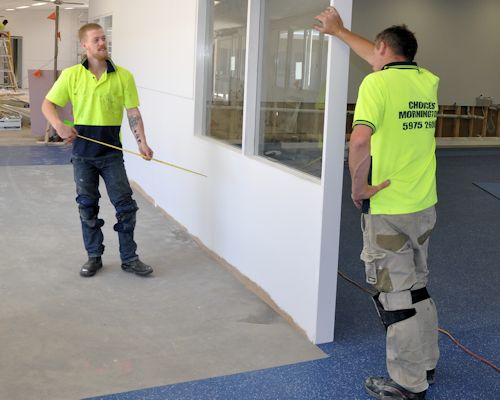 Audio for slide 3 (mp3 |6|KB)
Audio for slide 3 (mp3 |6|KB)
When you're receiving instructions
- Listen to the whole message - don't assume you know what the speaker is going to say before they say it.
- Use positive body language - show that you're taking in what they're saying.
- Ask questions - clarify any points you don't understand.
- Give feedback - restate in your own words what you think the speaker is saying, and check that they agree with you.

 Audio for slide 4 (mp3 |6|KB)
Audio for slide 4 (mp3 |6|KB)
Effective listening
Effective listening is an active process. This is because listening isn't the same thing as hearing.
For example, when you're working in a busy or noisy area, you may hear lots of different sounds around you - but that doesn't mean you're listening to every one of them. In fact, it's impossible for you to focus on all of them at once.
This is why you need to select the sounds you want to listen to. Remember, when you're the listener, you have to concentrate on what the speaker is saying.

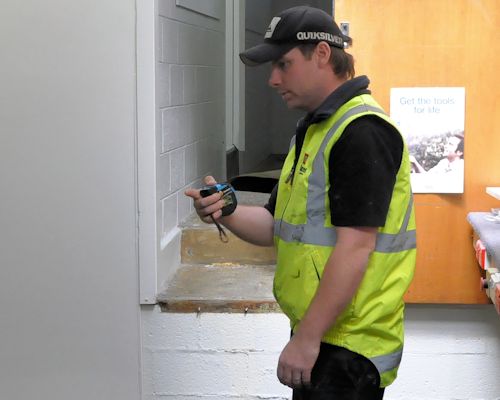 Audio for slide 6 (mp3 |6|KB)
Audio for slide 6 (mp3 |6|KB)
Here are some examples of questions you might ask when you're being given instructions:
- I need you to sweep up the floor and clear this area for the stock to come in.
Do you want me to do it now, or after I finish packing up the tools? - This customer order has to go out today.
What time does it need to be ready by? - I want you to get all these components ready for installation.
Which ones do you want me to do first?
These questions might sound simple, but in each case they help you both to clarify the instruction, and allow you to work together to expand on the information being communicated.

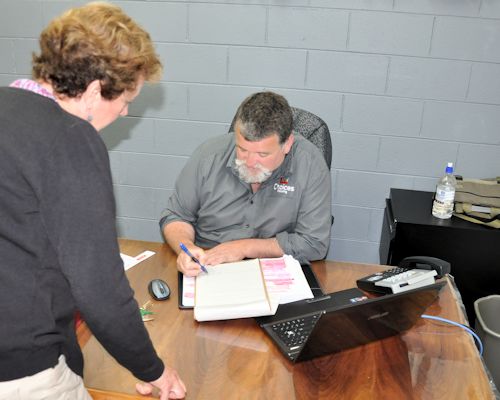 Audio for slide 9 (mp3 |6|KB)
Audio for slide 9 (mp3 |6|KB)
If you only want a quick yes or no, closed questions are best.
But if you're looking for help, or need more information on an issue, open questions will encourage the other person to give you a much fuller answer, and allow the conversation to flow on.

 Audio for slide 10 (mp3 |6|KB)
Audio for slide 10 (mp3 |6|KB)
Repeating details
Repeating the details in your own words often helps you to understand an instruction better, particularly if the task you've been asked to carry out is complicated, or you haven't done it before on your own.
This helps you to reinforce the steps in your own mind while you're still both together, so that you've each got one last opportunity to pick up on any misunderstandings before you set off to do the task.

Learning activity
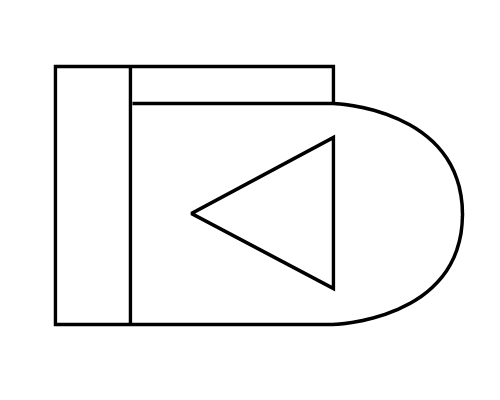 Audio for slide 11 (mp3 |6|KB)
Audio for slide 11 (mp3 |6|KB)
Here is another exercise, similar to the last learning activity. It is also designed to illustrate the crucial importance of feedback in allowing both parties in a conversation to check that the message has been received and understood properly.
This time we'll use an example that involves giving and receiving instructions.
Ask your partner to turn around so they're facing away from you. Draw a simple diagram of several shapes, like the drawing at right. (You can use this actual drawing if your partner hasn't already seen it.)
Your task is to provide an exact description in words of the drawing to your partner. Their task is to re-draw it, based only on the verbal instructions you give them. They are not allowed to see your drawing or ask you any questions. You are not allowed to see their drawing or ask them for any responses.
Once you have finished describing the drawing, ask them to stop and turn back to face you. Compare the two drawings to see how closely they resemble each other. Then answer the following questions:
- How did you both fare - are the two drawings a close match? If not, why not?
- What sort of mental effort was involved when neither of you were able to give each other any feedback?
- What does this tell you about the value of two-way communication when you're giving or receiving verbal instructions?



